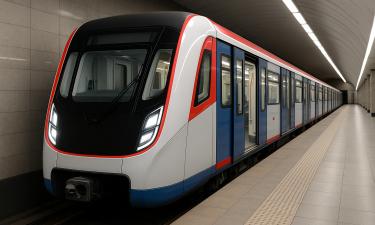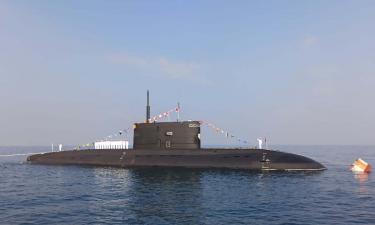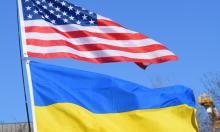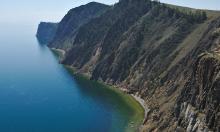Nuclear reactor in Japan shut down automatically during earthquake
A 6.8-magnitude earthquake rocked Japan's northwest coast on Monday, killing at least three people. The quake injured more than 400 people, flattened hundreds of buildings and triggered a fire at a nuclear power plant.
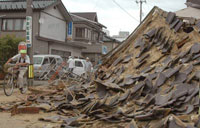
Fire sirens could be heard in hard-hit Kashiwazaki city, and older buildings were reduced to piles of lumber. National broadcaster NHK reported more than 400 people were hurt, with injuries including broken bones, cuts and bruises.
The area was plagued by a series of aftershocks, the strongest of which was magnitude 5.6. There were no immediate reports of additional damage or injuries from the aftershocks, which triggered no tsunami warnings.
Three elderly women in Kashiwazaki were killed by the initial quake, hospital officials said. An additional death attributed by national broadcaster NHK to the quake was unrelated to the disaster, said Naoko Chikaraishi, of Kashiwazaki General Hospital.
"I was so scared - the violent shaking went on for 20 seconds," Ritei Wakatsuki, an employee of convenience store Lawson, told The Associated Press by telephone from Kashiwazaki. "I almost fainted by the fear of shaking."
Flames and billows of black smoke poured from the Kashiwazaki nuclear plant, which automatically shut down during the quake. The fire, at an electrical transformer, was put out shortly after noon and there was no release of radioactivity or damage to the reactors, said Motoyasu Tamaki, a Tokyo Electric Power Co. official.
Some 2,000 people in Kashiwazaki were evacuated from their homes, city official Takashi Otsuka said.
Nearly 300 buildings in the city were destroyed, a fire official said. The force of the quake buckled seaside roads and bridges, and one-meter (yard) wide fissures could been seen in the ground along the coastline.
One of two people buried under a collapsed apartment house had been rescued, though the person's condition was unknown, police said. Separately, TV footage showed rescue workers and firefighters hacking at the roof of a damaged home searching for anyone trapped within.
A ceiling collapsed in a gym in Kashiwazaki where about 200 people had gathered for a badminton tournament, and one person suffered minor facial injuries, Kyodo reported. The quake also knocked a train car off the rails while it was stopped at a station. No one was injured.
The Meteorological Agency issued tsunami warnings along the coast of Niigata prefecture (state), but the warnings were later lifted. Waves as high as 50 centimeters (20 inches) were believed to have hit the coast, but no damage was reported.
The quake, which hit the region at 10:13 a.m. (0113GMT) was centered off the coast of Niigata, 260 kilometers (160 miles) northwest of the capital, Tokyo. The tremor made buildings in Tokyo sway and was also felt in northern and central Japan.
The agency initially measured the quake at a 6.6 magnitude, but later revised that up to 6.8. The U.S. Geological Survey said the quake registered 6.7 magnitude.
A series of smaller aftershocks rattled the area, including one with a 4.2 magnitude. Koichi Uhira of the Meteorological Agency warned that the aftershocks could continue for a week.
Several bullet train services linking Tokyo and northern and northwestern Japan have been suspended. Officials said water and gas services for Kashiwazaki's 35,000 households were suspended after reports of gas leaks, reports said. About 18,000 households in the quake zone were without power as of Monday afternoon.
Prime Minister Shinzo Abe interrupted a campaign stop in southern Japan for upcoming parliamentary elections, rushed back to Tokyo and announced he would head to the damaged area.
"We want to do all we can to ensure safety ... and to quell everyone's concerns," said Abe, whose ruling party is trailing in the polls. "I want to get a picture of what happened and also want everyone to feel a little bit more secure."
Niigata Airport, which had suspended flights shortly after the quake, resumed services after finding no damage, Kyodo said.
Japan sits atop four tectonic plates and is one of the world's most earthquake-prone countries. The last major quake to hit the capital, Tokyo, killed some 142,000 people in 1923, and experts say the capital has a 90 percent chance of suffering a major quake in the next 50 years.
In October 2004, a magnitude-6.8 earthquake hit Niigata, killing 40 people and damaging more than 6,000 homes. It was the deadliest to hit Japan since 1995, when a magnitude-7.2 quake killed 6,433 people in the western city of Kobe.
Subscribe to Pravda.Ru Telegram channel, Facebook, RSS!
